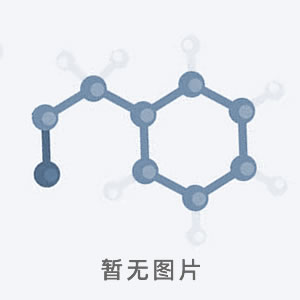本网站销售的所有产品仅用于工业应用或者科学研究等非医疗目的,不可用于人类或动物的临床诊断或者治疗,非药用,非食用。
ERG
英文名:Rabbit Monoclonal Antibody
Cas号:
Cas号:
检测信息查询

| 货号 | 规格 | 货期 | 库存 | 价格 | 会员价 | 订购 |
| 1308113559-100ul | 现货 | 0 | ¥0 |
| 别 名 | ERG antibody, erg-3 antibody, p55 antibody, Transcriptional regulator ERG antibody, Transforming protein ERG antibody |
| Cas号 | |
| M D L | |
| 分子式 | |
| 分子量 | |
| 产品参数 | 【产品介绍】Transcriptional Regulator ERG belongs to the
ETS family that is involved in the regulation of a wide variety of cellular and developmental processes (1). This family of transcription factors contains approximately 30 members that share a highly conserved DNA-binding domain (ETS domain) (2, 3) and differs from each other in other domains (such as absence or presence of the Pointed/SAM domain) and are thus distinguished in sub-families (1). ERG belongs to the Erg/Fli-1 sub-family. It has been widely studied for its involvement in human cancers; TMPRSS2-ERG fusion, which occurs on account of translocations and interstitial deletions, is implicated in aggressive forms of prostate cancer (4, 5). ERG is linked to normal processes such as mesoderm formation and is found to form functional complexes with Jun/Fos, with the resulting ternary complexes regulating expression of genes such as metalloprotease-1 (MMP-1) and MMP-3 (1). It may also participate in transcriptional regulation through the recruitment of SETDB1 histone methyltransferase and subsequent modification of local chromatin structure (2). Recommended Applications WB, IHC, ICC, IP Applications and Recommended Dilution Factors WB: 1:1,000 - 10,000 IHC: 1:100 - 250 ICC: 1:100 - 250 IP: 1:10 - 100 Species Reactivity * Human *Species cross-reactivity is based on WB analysis. Products Data Western blot analysis on (A) Jurkat, (B) 293T, and (C) MCF-7 cell lysates using anti-ERG RabMAb (cat. #5115-1). Western blot analysis on (A) 10 ng of Fli1 recombinant protein and (B) 10 ng of ERG recombinant protein lysates using anti-ERG RabMAb (cat. #5115-1). Immunohistochemical analysis of paraffin-embedded human prostatic adenocarcinoma tissue using anti-ERG RabMAb (cat. #5115-1). Specificity A synthetic peptide corresponding to residues on the C-terminus in human ERG was used as an immunogen. This antibody does not cross-react with Fli1. |
| 性状 | 【反应特异性】Human
【克隆 ID】EPR3864(2) 【用途】WB , IHC , ICC , IP 【抗原分子量】55kDa |
| 贮存 | Storage Condition and Buffer Store at -20 °C. Antibody buffer, 0.01% sodium azide, 50% Glycerol and 0.05% BSA. Stable for 12 months from date of receipt |

 小程序扫码下单
小程序扫码下单

 沪公网安备 31012002003054号
沪公网安备 31012002003054号